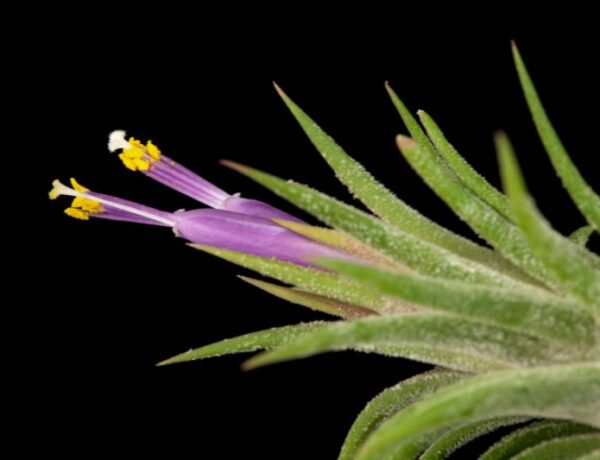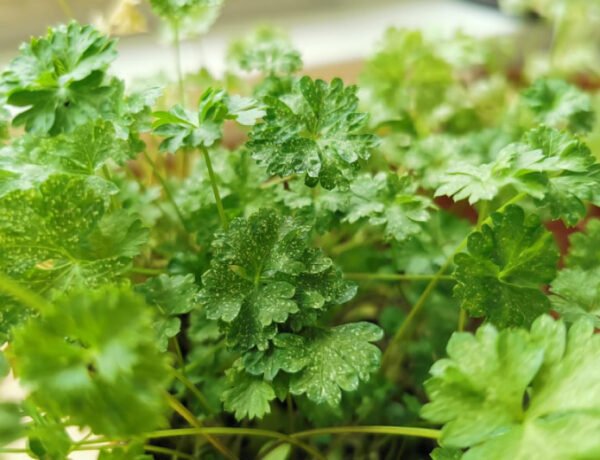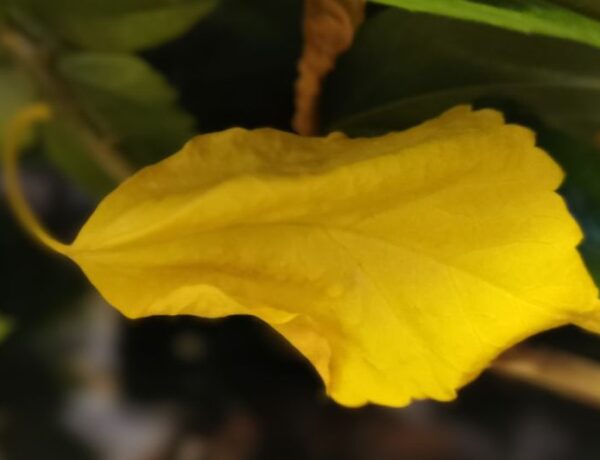Let’s face it, keeping our indoor plants thriving can be a bit of a puzzle. And when it comes to watering, it can feel like you’re playing a guessing game. But fear not, because we’re here to help you avoid the dreaded “overwatering” or “underwatering” mishaps. We don’t want you to learn the hard way that sticking to the “water when the soil is dry” rule doesn’t always cut it. So, we’ve put together this guide to make sure your leafy buddies stay hydrated and happy!
Table of Contents
Understanding Your Plant’s Watering Needs
Each indoor plant has its own unique personality when it comes to water needs. Some like it moist, but not soaking wet, while others can handle a bit of drought. It all depends on the plant type, size, and the environment it’s living in.
Generally speaking, indoor plants prefer to be kept moist but not soaked. Overwatering can be just as harmful to your plants as underwatering. That’s why it’s important to do your research beforehand and figure out the ideal watering schedule based on its environment.
For example, if your plant’s soil is slow to drain, it may need less frequent watering than a plant with a more porous soil mix. So keep that in mind when establishing your watering routine.
Signs That Your Plant Needs Water
The easiest way to determine if your plant needs water is to stick your finger into the soil about an inch deep. If the soil feels dry, it’s time for some H2O love. Another way to check is by lifting the pot. If the pot feels light, your plant is likely thirsty.
If you’re not sure when to water your plant, don’t worry, because your green companion will actually give you some hints! That’s right, your plant will communicate with you through some visual cues:
- Wilting or drooping leaves
- Yellowing or brown leaves
- Slow or stunted growth
- Crispy or dry leaves
You’d usually want to avoid the signs mentioned above. Even so, it happens to the best of us and most plants are actually kind of forgiving, so don’t worry too much about it.
How Much Water Your Plant Needs
As mentioned above, the amount of water your plant needs will depend on its type, size, and environment. Generally, smaller plants require less water than larger plants and it’s important to avoid overwatering, as it can lead to root rot.
To determine the amount of water your plant requires, you can do the following:
- Check the label: Some plant labels will provide information about how much water your plant requires.
- Research: You can research your plant online or consult with a local plant expert to determine how much water your plant needs.
- Monitor the soil: Check the soil regularly to determine how much water your plant needs. Soil that is too dry or too wet can be harmful to your plant.
How Often to Water Your Plants
Most indoor plants require watering once a week or every two weeks. However, it’s important to check the soil regularly to ensure it’s not drying out too quickly or staying too wet for too long.
When is the best time to water your plants?
The ideal time to water your plants is in the morning before the sun gets too hot. This allows the water to soak into the soil and reach the roots before it evaporates. It’s best to avoid watering during the hottest part of the day as the water can evaporate too quickly.
Check out our article on the best time to water your indoor plants to learn more about your options!
Factors That Affect Indoor Plant Watering
There are several factors that can affect how often you need to water your indoor plants. These include:
- Humidity: If the air in your home is particularly dry, your plants may require more frequent watering to compensate for the lack of moisture in the air.
- Temperature: If your home is particularly warm or cold, this can affect how often you need to water your plants. In general, plants will require more water in warmer temperatures.
- Light: Plants that receive a lot of sunlight may require more water than plants that are in a shadier area of your home.
- Pot size: Larger pots will generally require more water than smaller pots, as they can hold more soil and have more room for roots to grow.
Tips for Watering Your Indoor Plants
Now that you have a better understanding of your plant ‘s watering needs, here are some tips to ensure you are watering your indoor plants properly:
- Use the right type of water: Room temperature water is ideal, as water that is too cold or too hot can shock your plants. It’s also important to avoid using hard water, which can leave mineral deposits on the soil and affect your plant’s growth. If possible, use filtered or distilled water.
- Water thoroughly: When watering your indoor plants, it’s important to water thoroughly so that the soil is moist all the way through. Water until you see water draining out of the bottom of the pot. This ensures that the roots are getting the water they need to grow.
- Don’t let your plant sit in water: While it’s important to water thoroughly, it’s equally important to avoid letting your plant sit in standing water. This can lead to root rot and other problems. Make sure to empty the saucer beneath your pot after watering.
- Consider using a watering schedule: If you have trouble remembering when to water your plants, consider setting up a watering schedule. This can help ensure that your plants are receiving the right amount of water on a regular basis.
- Observe your plants: The best way to determine if your plants are getting the right amount of water is to observe them. Look for signs of overwatering or underwatering and adjust your watering schedule accordingly.
Common Questions About Watering Indoor Plants
Here are some common questions people have about watering their indoor plants:
It’s generally safe to water your indoor plants with tap water, but it’s important to avoid using hard water, which can leave mineral deposits on the soil.
The frequency of watering will depend on the type of plant, its size, and the environment in which it’s growing. Most indoor plants require watering once a week or every two weeks.
Overwatering can lead to root rot, which is a serious problem for your plants. Signs of overwatering include yellowing leaves, a musty smell, and soil that is constantly damp.
Underwatering can lead to slow or stunted growth, wilting or drooping leaves, and crispy or dry leaves.
While it’s not harmful to water your plants with ice cubes, it’s not the most effective way to do so. It’s better to use room temperature water to avoid shocking your plants.
There are a few different methods you can use to water your indoor plants while you’re away. One option is to use a self-watering system, which can help keep your plants hydrated for several days at a time. Another option is to create a DIY watering system using a plastic bag or bottle with small holes in it to slowly release water over time. You can also ask a friend or neighbor to stop by and water your plants for you while you’re away.
Conclusion
Watering your indoor plants can sometimes be a challenging task, but with a little bit of knowledge and some practice, you can ensure that your plants are receiving the proper amount of water. By understanding your plant’s watering needs, using the right type of water, and following the tips outlined in this guide, you can keep your indoor plants healthy and thriving. Remember to observe your plants regularly and adjust your watering schedule as needed.





No Comments